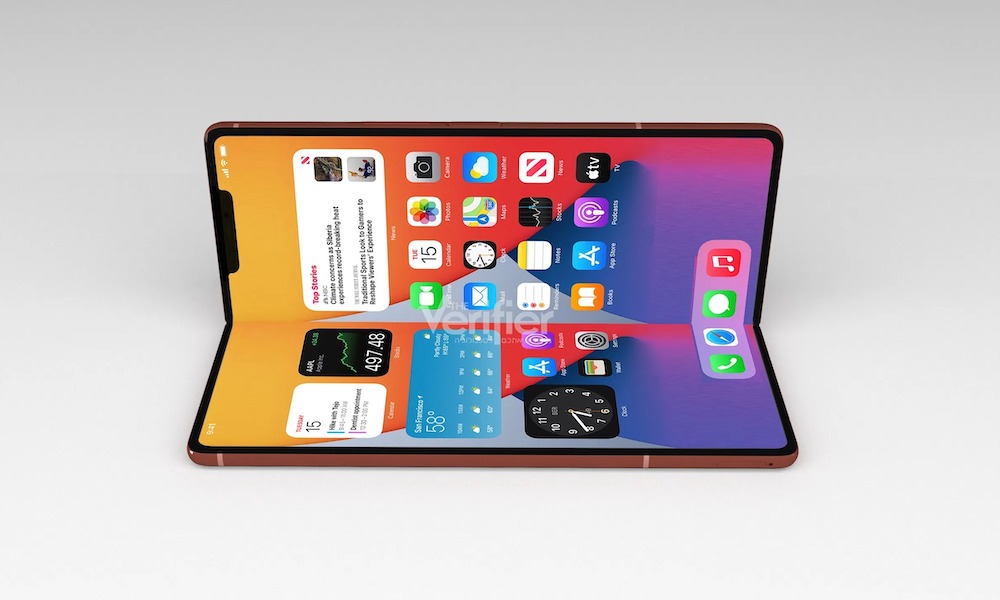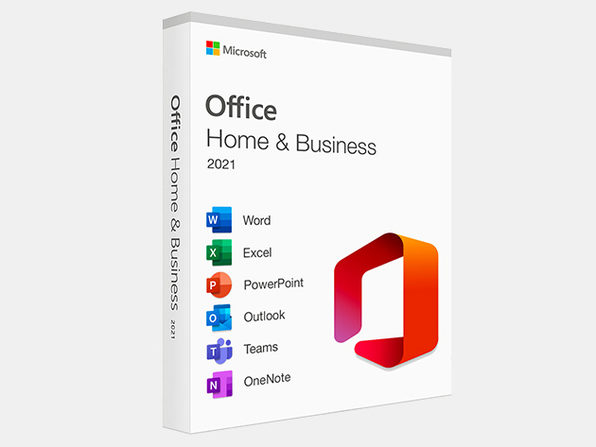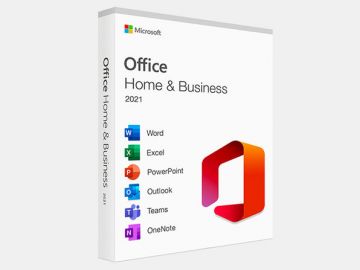Did a Samsung Exec Just Confirm Apple’s Folding iPhone?
 The Verifier
The Verifier
Toggle Dark Mode
Rumors about a foldable iPhone have been floating around since at least 2016, with more than a few false starts along the way. Analyst Ming-Chi Kuo once boldly predicted millions would ship by 2023, but that obviously never materialized. Still, the chatter has grown louder this year, with respected analysts and supply chain reports finally converging on a realistic timeline. Most agree that a so-called “iPhone Fold” could arrive in late 2026 or early 2027 — though given the complexity of a brand-new form factor, even that schedule could slip.
While Samsung, Google, and Motorola all have folding smartphones on the market, Apple has yet to enter the game. With its dominant position in the market and loyal customer base, an iPhone Fold could generate excitement and invigorate folding phone demand. Foldable smartphones currently make up only about 5% of the $500+ billion global smartphone market, which amounted to $27.8 billion in 2023.
Near the end of 2023, we reported on an organizational shuffle within Samsung Display, which is a key supplier of displays for many of Apple’s product families, including the iPhone. This internal shakeup was specifically designed to focus on the improvement of foldable display capability for Apple devices.
Samsung Display’s current CEO, Lee Cheong, may have just spilled the beans and confirmed iPhone Fold rumors. He’s also the head of the Korea Display Industry Association. While speaking with journalists at the 16th annual Display Day in Seoul, South Korea, Cheong was lobbying for the continuation of government tax benefits for display makers. When commenting on Samsung Display’s business and its new 8.6-generation OLED screen technology, he reportedly let slip that the company is preparing for mass production of foldable OLEDs for a “North American customer.”
Unsurprisingly, most believe the “North American customer” is Apple. If that’s true, it lines up neatly with recent whispers about what a foldable iPhone could look like. Early leaks have hinted at dimensions, thickness, and display size that would set it apart from both today’s iPhones and iPads.
Rumors suggest the foldable iPhone could measure about 9 mm when folded — roughly the thickness of two iPhone Air models stacked together, and only slightly thicker than the 8.75 mm iPhone 17 Pro and Pro Max. If that math holds, the device could slim down to around 4.5 mm when unfolded, making it even thinner than the remarkably slim 5.6 mm iPhone Air. In other words, Apple’s first foldable could paradoxically end up being the thinnest iPhone ever when open.
Durability will likely be the biggest question if and when Apple releases a foldable iPhone. Such a device would need to survive far more hinge cycles than a typical laptop. Most folding phones today are tested to withstand 200,000–300,000 opens and closes — equivalent to unlocking your phone dozens of times a day for several years. If Apple enters the game, it will likely aim to exceed those benchmarks to reassure customers that the device won’t wear out before its time.
When open, the iPhone Fold’s display could be 7.8 inches — almost an inch bigger than the iPhone 17 Pro Max’s 6.9-inch screen.
Would you buy a foldable iPhone? If Apple really delivers, it could be the ultimate hybrid device, compact enough to fit in your pocket, yet big enough to double as an iPad when opened. Perhaps Apple put the brakes on the “iPad Fold” until consumers get their hands on a foldable iPhone first. Either way, we can’t wait!
[The information provided in this article has NOT been confirmed by Apple and may be speculation. Provided details may not be factual. Take all rumors, tech or otherwise, with a grain of salt.]







